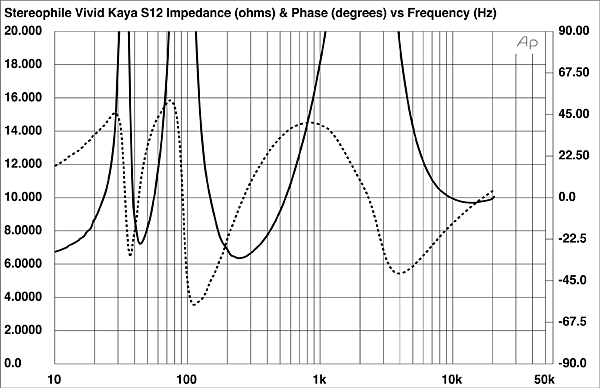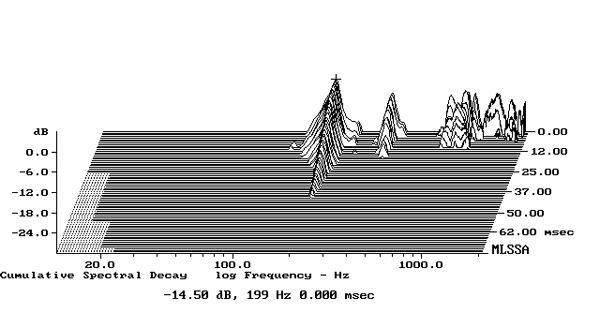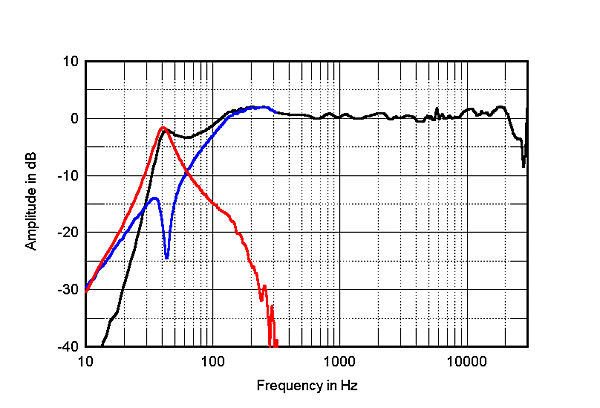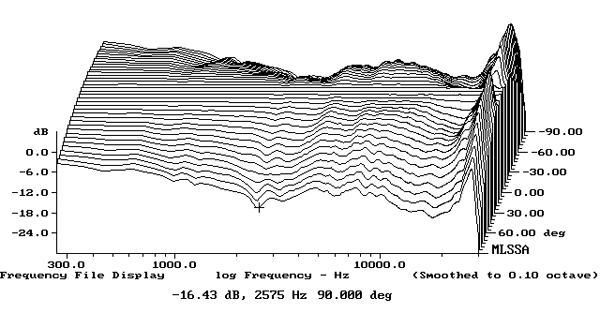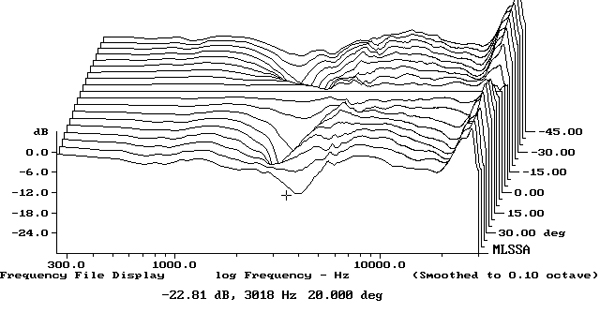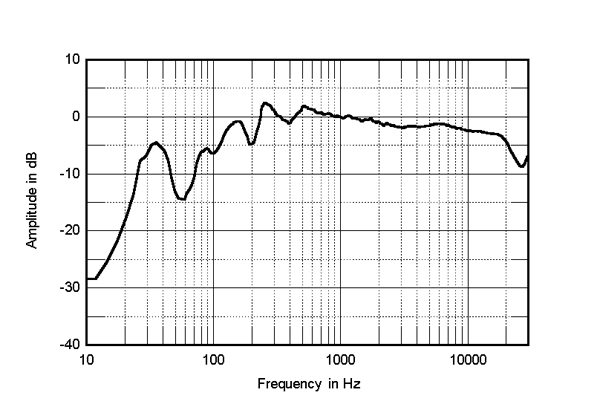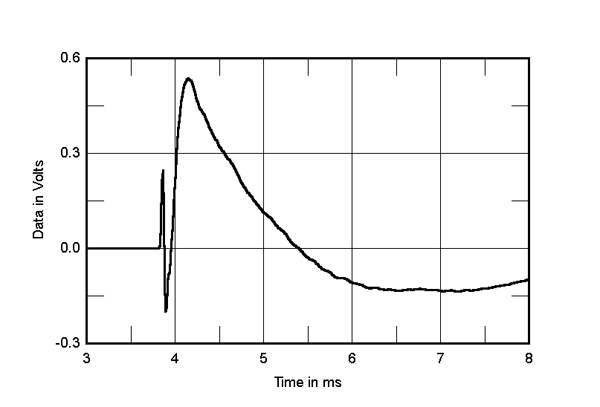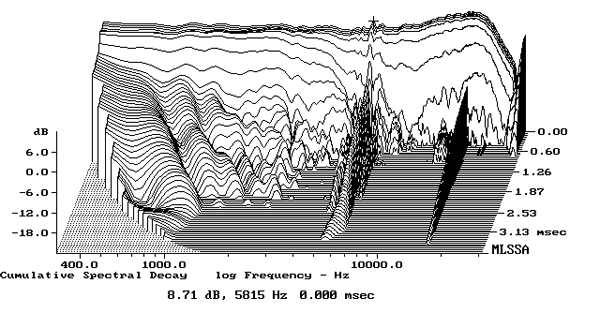| Columns Retired Columns & Blogs |
A great review, as always, and I would look forward to a listen.
But as a person who enjoys stand-mounts, it always puzzles me when they are reviewed without a sub and then evaluated on bass. OK, that's a very relevant issue for a person who will not have a subwoofer--maybe they live in an apartment building or love monitor-style sound? But for a person stepping up with $8K or so for speakers, I would expect they are typically committed enough to great sound that they "need" a sub.
